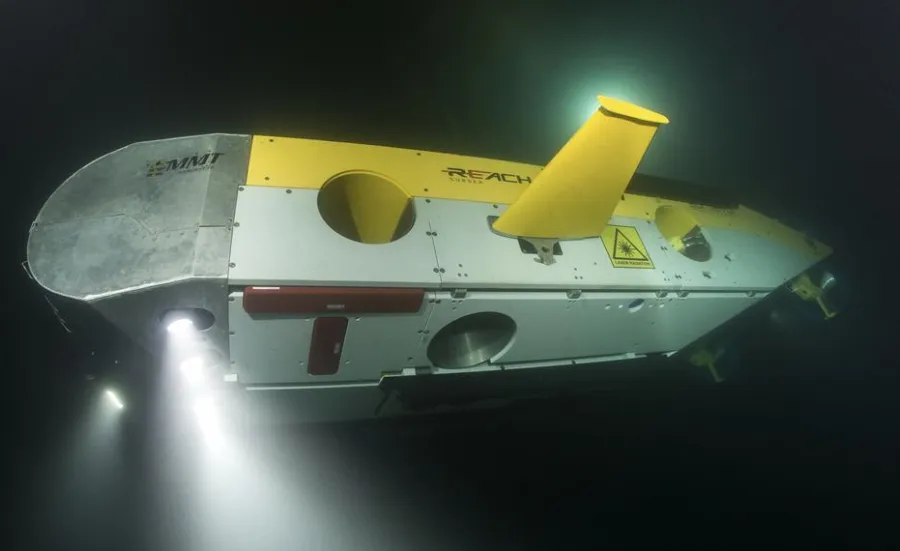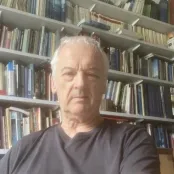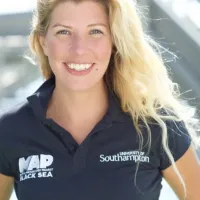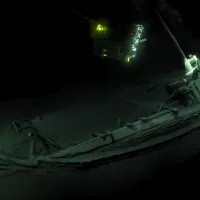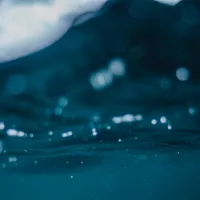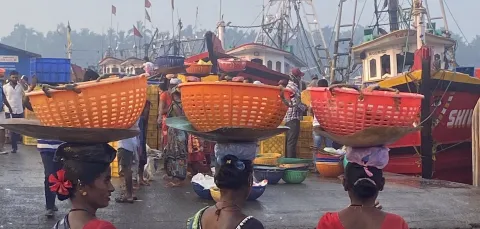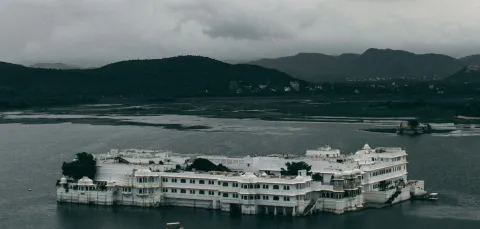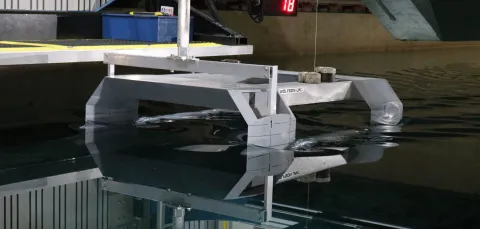Professor Jon Adams of the University's Centre for Maritime Archaeology (CMA) led the project, together with partners from Bulgaria, Sweden, USA and Greece. In addition to building a computer model of the Black Sea region, the team provided opportunities for A-level students from challenging school environments. The aim was to encourage those students to continue their education and follow careers in STEM subjects. The project ran from 2015 to 2019 and was funded by the Julia and Hans Rausing Trust.
Integrated education programme
The education programme enabled 32 students to work alongside the research scientists. Most of the students had not planned to go to university or did not believe their applications would be successful.
After training at the National Oceanography Centre, students either worked on board the project's research vessel or joined University of Southampton researchers analysing data and samples gathered from the field. Since completing the programme, 22 of the students have been inspired to go on to further education.
To make the programme accessible to a wider audience, Dr Helen Farr and Dr Michael Grant developed an educational portal with materials for primary and secondary pupils.
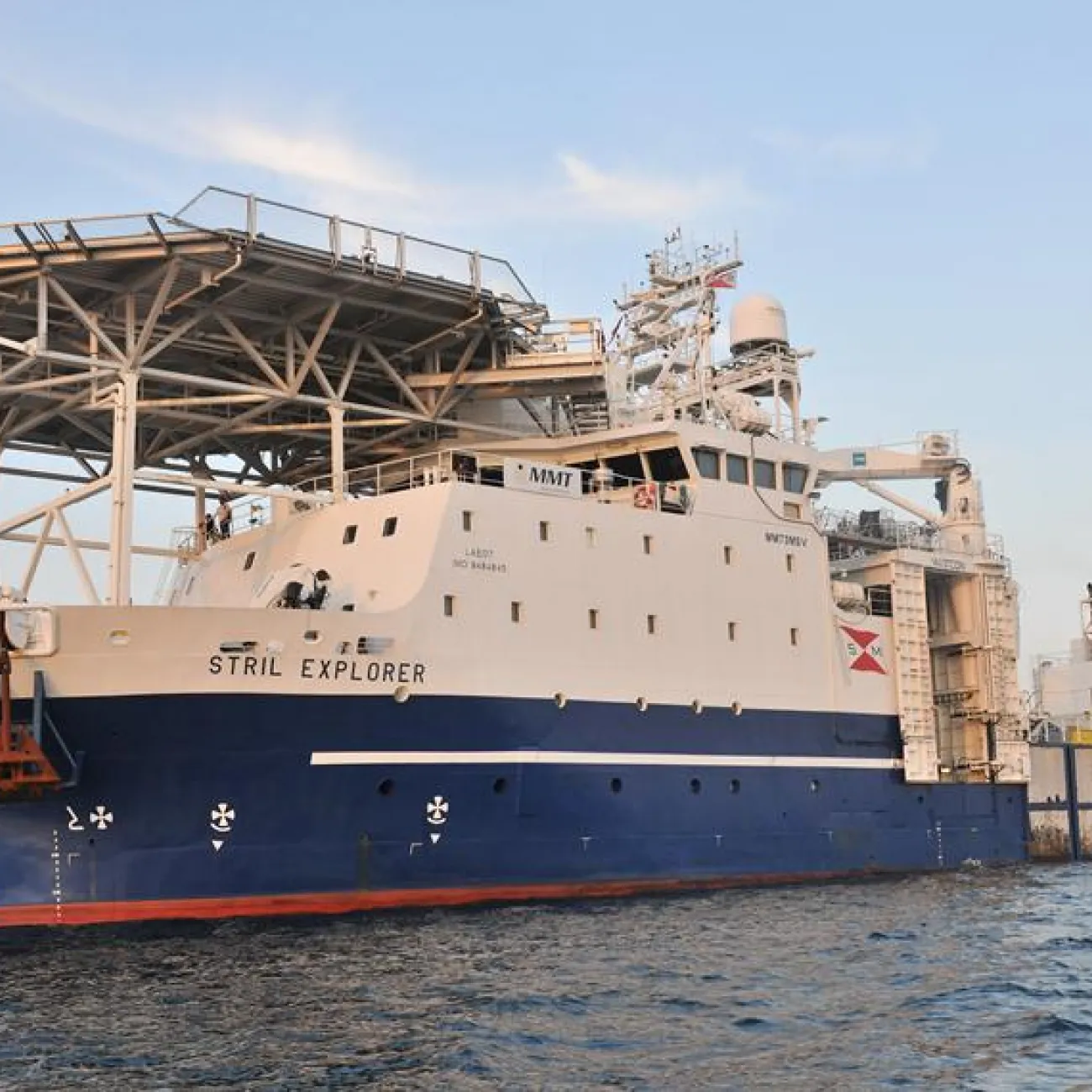
Research project
The archaeological focus of the project was to create a 3D model of the Black Sea environment during the prehistoric period. This involved surveying the sea bed using two remotely operated vehicles (ROVs) and analysing core samples to provide the data for the model. The model provided a chronology of sea levels and coastal settlements. This information provided new insight into the lives of the people living in the region.
During the project, 65 ancient and historical shipwrecks were also discovered. They included:
- a well-preserved ship from the time of Marco Polo
- an intact Roman ship from the 1st Century AD
- a 2,400-year-old Greek vessel which is the oldest intact shipwreck yet found.
Studying these wrecks provided additional insight into seafaring and early vessel technology.
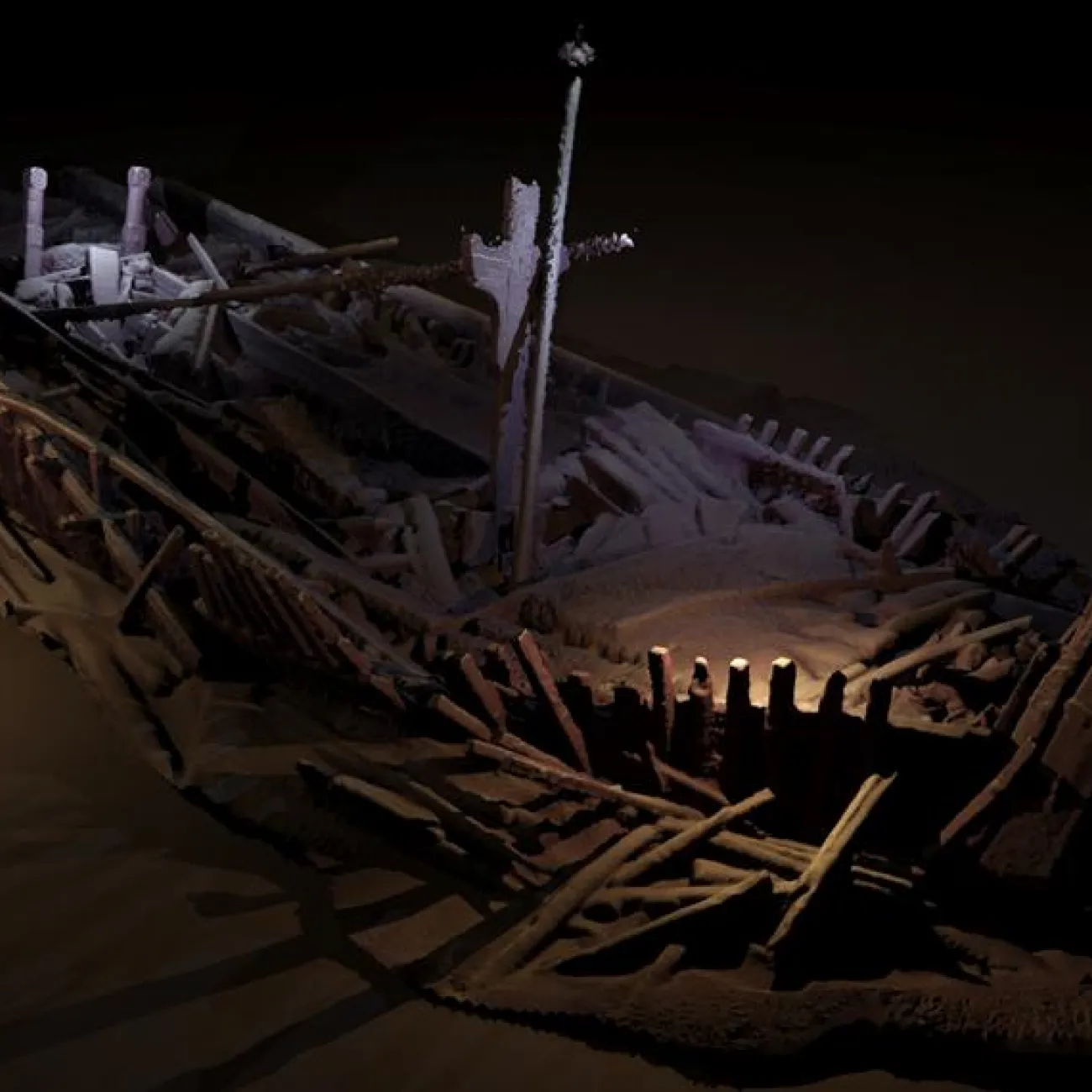
Communicating the findings
Sharing the research findings was also an important part of the project's education and conservation efforts. Activities include:
- stories in the international press to publicise major shipwreck discoveries
- a UK roadshow which included virtual reality tours, 3D printing of shipwrecks and an interactive geological core-sampling exhibit
- an exhibition at the Muzeiko children’s science museum in Sofia, Bulgaria.
- a documentary film project screened at the British Museum and on the Discovery channel.
